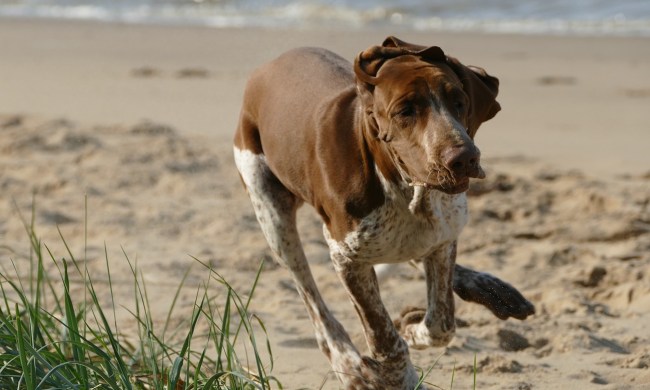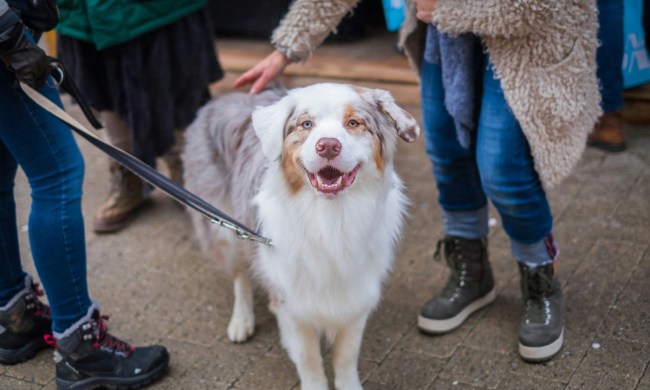If you’re considering getting your dog a home of their own outside, then you may be thinking up ways to ensure their little house is heated, cozy, and comforting. When it comes to heating yourdog’s unique and personalized house, safety is the No. 1 factor to consider. If you’re wondering how to safely heat an outdoor dog house, you certainly aren’t alone. Luckily, there are a variety of safe ways to keep your dog’s outdoor home just as warm and cozy as inside your own home.
Of course, before letting your dog outside during the winter months, you’ll want to be sure to pay attention to the temperatures to ensure that it’s not too low for your pup to be outdoors. As soon as temps fall below freezing, and especially if they inch even lower to 20 degrees Fahrenheit or below, experts advise keeping your pets inside this winter.
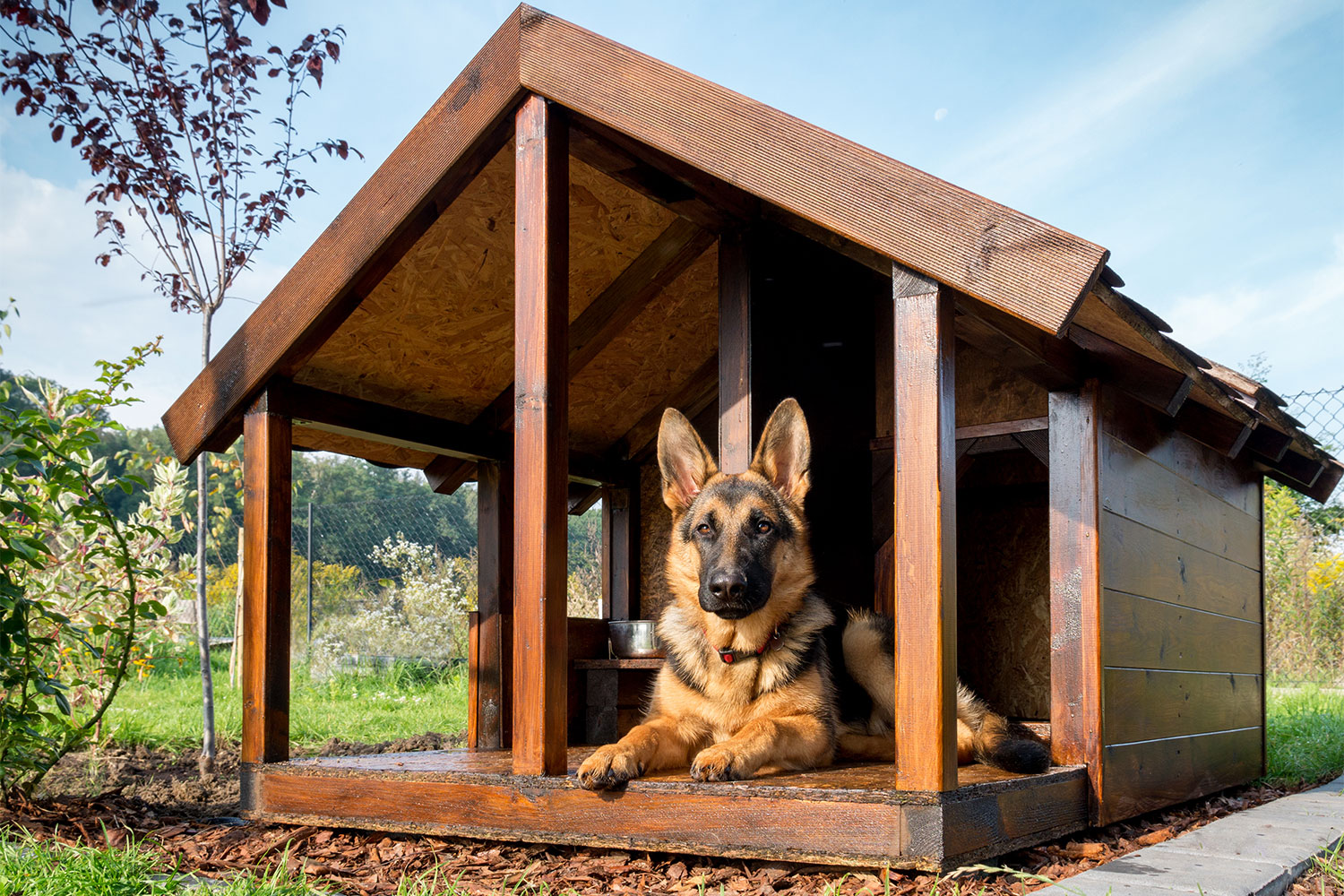
How to safely heat an outdoor dog house
Step 1: Use methods to retain the existing heat
One safe and easy way to keep your dog’s home warm and comfortable is to ensure their natural body heat never escapes. Your dog can create plenty of body heat to keep themselves warm in most mild weather conditions, so this tactic is all about maintaining that heat in the most efficient ways possible. You may need to add more heating tactics if you live in an area that experiences harsh winters. To increase heat retention, you can try some or all of these ideas:
- Add a bed.
- Ensure the home is completely sealed.
- Add a doggy door.
- Give your pup some warm clothing.
- Keep the floor of the house off the ground.
- Add insulation in the walls, floors, and roof.
Step 2: Pick the right location
You’ll want to pay close attention to where you’re putting your dog’s house. If at all possible, choose a spot that gets the most direct sunlight during the day to retain natural heat.
Step 3: Add heat
If you want to be absolutely sure that your dog is warm, then adding heat in a variety of ways can be your best bet. With some of these ideas requiring plumbing or electrical work, it is important to consult a professional if you lack experience. Trying these ideas without the proper knowledge can create risky situations that could potentially harm your beloved pet. Luckily, there are a lot of dog house builders and companies that can get Fido’s home rigged up to provide safe, warming heat.
Some ways to add heat to your dog’s house include:
- Place a microwaveable sock or hot water bottle in your dog’s home. This will need to be replaced and reheated repeatedly.
- Bring hot air from your home into your dog’s home through pipes.
- Have a professional install a plumbing system that carries hot water through your dog’s home for a warming environment.
- Add a temperature-controlled heating pad that is designed to stay on for extended periods of time.
- Install some solar panels on your dog’s home for sun-powered warmth.
- Purchase a specially made electric heater for dog houses. This option can be costly, but it is important to never add a space heater or other unapproved versions, which can be dangerous fire hazards.
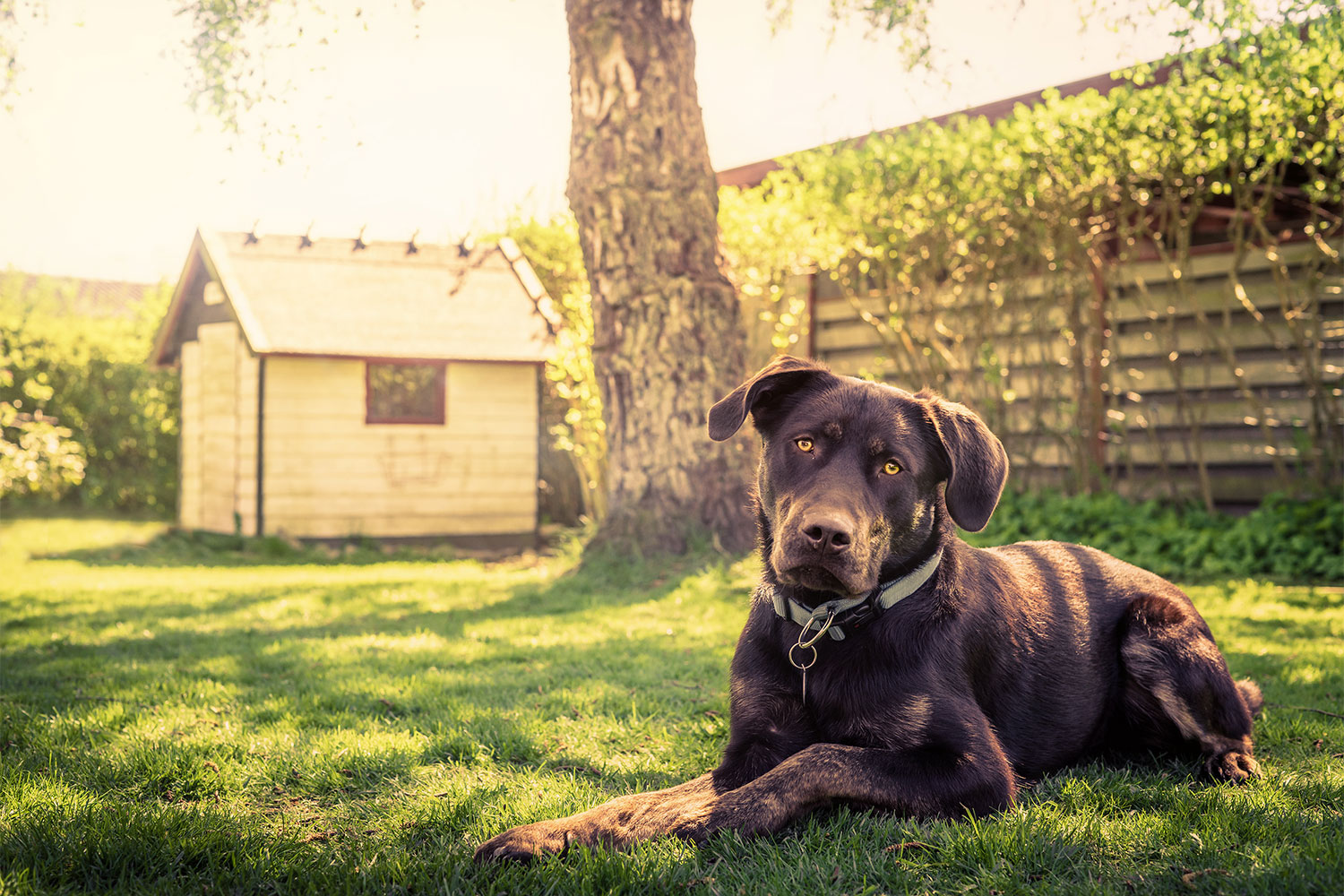
Channel natural heat
You can use the sun in various ways to create heat. Some ways include:
- Place your dog’s home in direct sunlight.
- Allow for windows that let the sunlight in for warmth.
- Utilize solar panels to heat the home.
- Paint your dog’s home black or another dark color to retain the sun’s warmth.
- How to check and monitor the temperature of your dog’s house
There are a variety of thermometers that allow for remote watching through an app or through a monitor. This can be a great option for keeping an eye on the dog house temperature. This way, if it ever dips too low during the night, you can be there to take them in and warm them up. It also lets you know if your method of keeping your dog warm is sufficient enough for a consistent style of living.
Step 1: To use one of these fancy thermometers, it’s as simple as placing the thermometer itself inside your dog’s home.
Step 2: Then, you can watch the temperature through the app on your phone or through the accompanying monitor. Either way, it is a quick and easy way to have peace of mind that your dog is warm enough through the harsh elements.
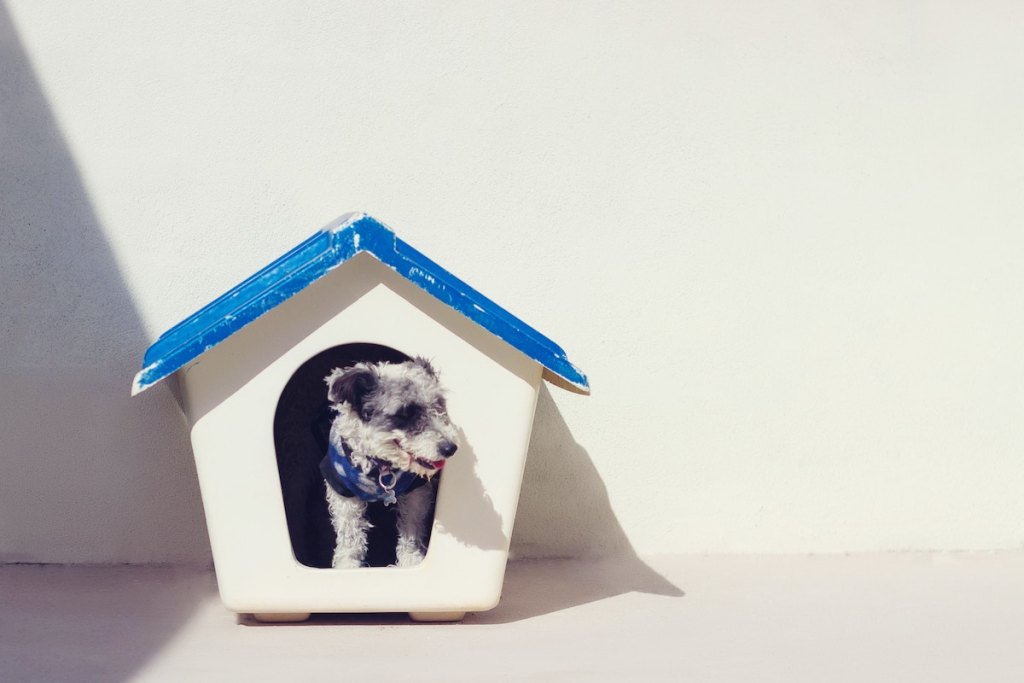
Is it safe to put a heat lamp in a dog house?
A heat lamp can be a safe and useful option if it is safely installed. Heat lamps can provide low levels of heat to keep a dog cozy. The manufacturer's guide is your best resource for proper installation for your specific heat lamp. However, some general tips for installation include:
Step 1: Drill a hole for the electric cable. This cable provides the lamp's power.
Step 2: Hang the lamp with clamps or screws.
Step 3: Double check to ensure the lamp is secure.
Step 4: Hide the chord away from the dog and so it's out of the elements. You might put the chord underneath a blanket or up high in an area your pup cannot reach.
With any of these dog house heating ideas, safety is the most important thing. Every dog deserves to have a safe, warm environment to live in, so it is vital to understand the best, most cautious methods for this kind of project. Each of these ideas ranges in cost, with some being more pricey than others. If you live in an area with particularly harsh winters, spending a little extra money can be the best way to keep your dog warm and thriving during the coldest months. And, if you have the option, of course, keeping your dog indoors is the best way to ensure they have a warm, cozy environment to live their best life.


